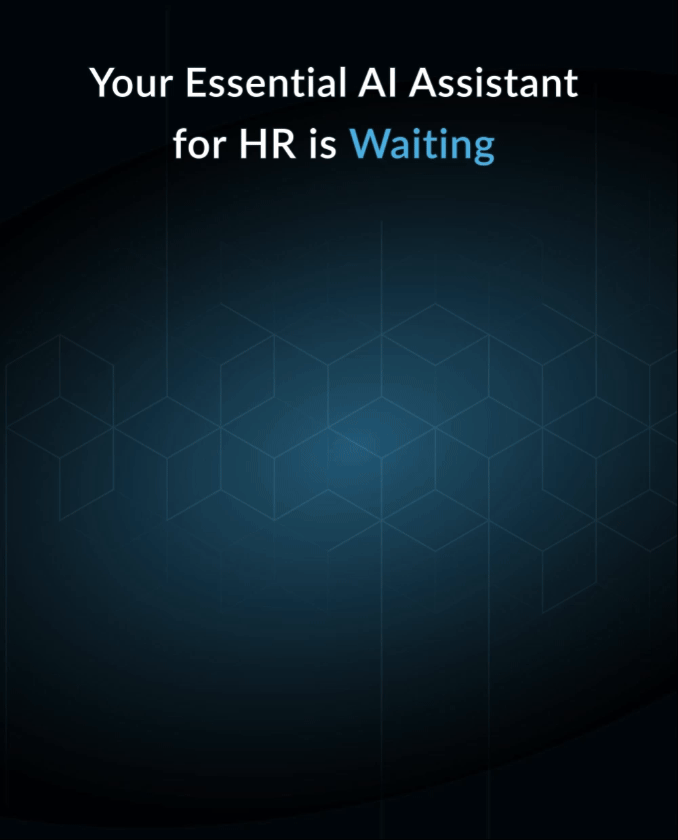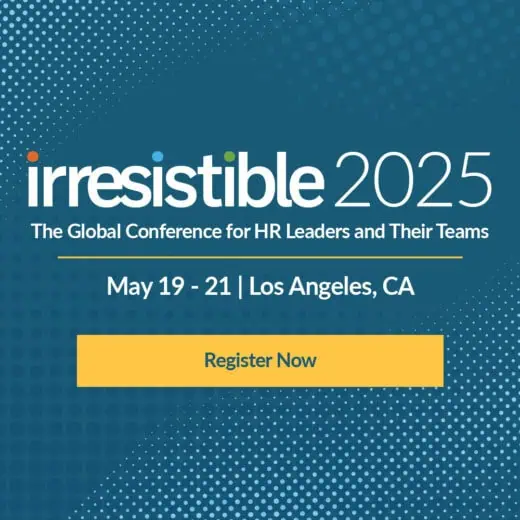Perceptyx Acquires Waggl: Employee Voice Takes Major Step Forward
This week Perceptyx, one of the veteran providers of employee survey and feedback, announced the acquisition of Waggl, one of the more innovative and powerful tools for employee feedback. Since I’ve known Waggl since its founding, I wanted to give you some perspective.
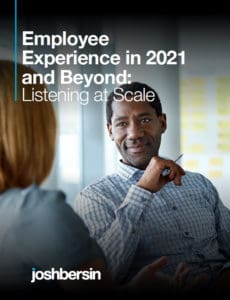 First, let me tell you about Perceptyx. Perceptyx is a highly scalable provider of enterprise-class surveys, analytics, and feedback tools for employees with one of the strongest back-end analytics systems in the market. (Also our partner for the Global HR Capability Project.) Employee Voice is the company’s mission, and Listening at Scale is Perceptyx’s Tagline.
First, let me tell you about Perceptyx. Perceptyx is a highly scalable provider of enterprise-class surveys, analytics, and feedback tools for employees with one of the strongest back-end analytics systems in the market. (Also our partner for the Global HR Capability Project.) Employee Voice is the company’s mission, and Listening at Scale is Perceptyx’s Tagline.
As Perceptyx leadership puts it, “Employee listening programs should be comprehensive—incorporating both depth and breadth—in order to really give leaders the insights they need. The spontaneous and social nature of Waggl’s crowdsourcing and voting capability brings in another listening “channel” that can help round out the picture of what employees are saying and help leaders focus on what they really need.”
Who Is Waggl?
Waggl was a startup only a few years ago and has become a category-defining product. Michael Papay, one of the founders, originally built the product as a feedback and commenting system for project teams. He showed me the product back in 2015 and I was very impressed. Not only could it deploy survey questions in an easy-to-use interface, it had a unique design that let any respondent provide a textual answer or suggestion inline.
But it actually did much more. Through a unique design and some crafty analytics algorithms, the system then lets the respondent “upvote” or “downvote” five other suggestions from others. So in only a few seconds, you have a chance to answer the survey question, add your comments, and vote on the responses of others.
While this sounds pretty simple, it’s quite sophisticated and incredibly powerful. By statistically publishing the top-voted answers in a fair way, the system can quickly see what “the most important or most popular” answer will be. And for project teams and company initiatives, this is amazing. It brings Employee Voice to life.
One of Waggl’s early customers, for example, used it to get feedback on a layoff and furlough process. Of course, everyone who left the company in that process was unhappy, but the HR team wanted to know what they could do better to make the transition as easy as possible for employees. They launched a Waggl at the same time they launched the exit program, and in only a few hours realized that they had greatly underfunded the benefits. People were very upset and asked for very specific changes. The HR leader, who is a responsible executive, immediately went to the CEO and adjusted the exit package. She told me it saved them months of headaches dealing with possible lawsuits.
Today Waggl is one of the leading feedback and crowdsourcing tools in the market (Medallia Crowdicity is similar, positioned as an “idea management” platform). And for HR departments it can be a godsend. I know that healthcare companies love Waggl (most healthcare providers need lots and lots of employee feedback) but the example I want to mention is Pepsi.
Right before the pandemic, the HR team at PepsiCo was working on a work simplification and employee experience strategy. So they deployed a Waggl to ask thousands of employees in one of the business areas what they believed were the “most crushing” or “most time-wasting” things at work. They called it the Pepsi Process Shredder project.
Well, I’ve talked with Pepsi about this a lot and guess what process was the #1 candidate for shredding? You may guess right: the performance management process. Like many large companies, Pepsi had a complex cascading process of evaluation, talent reviews, calibration meetings, and large group meetings to agree on rating distributions. And as many of you can attest, these sessions take lots of time and are often mind-numbing to attend. (You are often forced to listen to or discuss performance among dozens of people you don’t know.)
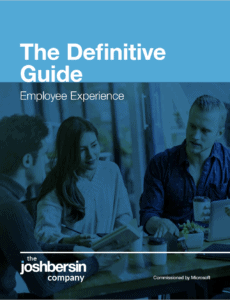 Anyway, Pepsi took the information seriously and went about dramatically simplifying the process. Then the pandemic hit, and the team was even happier they had done this. Today I believe Pepsi’s process is radically simplified and they, like others, have saved tens of thousands of hours on this process thanks to the direct input from employees.
Anyway, Pepsi took the information seriously and went about dramatically simplifying the process. Then the pandemic hit, and the team was even happier they had done this. Today I believe Pepsi’s process is radically simplified and they, like others, have saved tens of thousands of hours on this process thanks to the direct input from employees.
And let me assure you this is not just an “add-on” to your survey strategy – this is core to your employee experience. In our most recent research, Employee Experience: The Definitive Guide, we proved that analytics and direct employee feedback is one of the most highly correlated practices to financial and business growth.
Why Waggl Is So Powerful: Capture Employee Voice At Scale
Let me conclude with this. The idea of crowdsourcing is not new: I saw the first “Idea Factory” more than a decade ago. Lots of tools let you “upvote” and “downvote” suggestions for various innovation teams.
What is new is Waggl’s statistics engine, the shrewd and powerful way the user experience works, and the fast and near-instant way it gets feedback. We partnered with Waggl for our Pulse of HR Pandemic Response surveys and crowdsourced real-time ideas for the first year of the Coronavirus event. It worked amazingly well and we are now likely to use it in our Academy as well.
I want to personally congratulate Waggl for their innovation in the market, and look forward to seeing Perceptyx introduce it to HR departments all over the world. This is just the beginning of a massive new product cycle for Perceptyx, so you can expect a lot more to come.
In today’s economy, the Voice of the Employee is one of the most important signals you have. Perceptyx and Waggl just took a big step forward, enabling you to hear directly what employees want at scale.
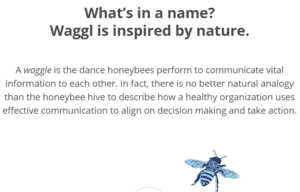 (PS. The name Waggl comes from the Waggle Dance of Bees, an iterative dance worker bees perform to build consensus about where new food sources may be. The Waggle of Bees brings people to the golden source of food – Waggl as a tool does the same thing for your business problem.)
(PS. The name Waggl comes from the Waggle Dance of Bees, an iterative dance worker bees perform to build consensus about where new food sources may be. The Waggle of Bees brings people to the golden source of food – Waggl as a tool does the same thing for your business problem.)
More Resources
Employee Experience 4.0: Continuous Response
Secrets To Employee Experience: The Definitive Guide (our Groundbreaking New Study)
